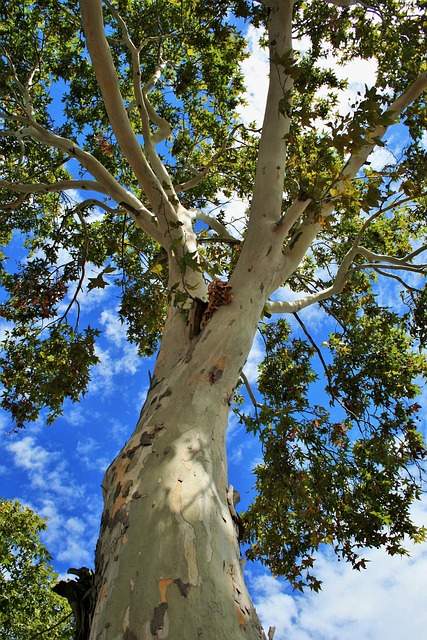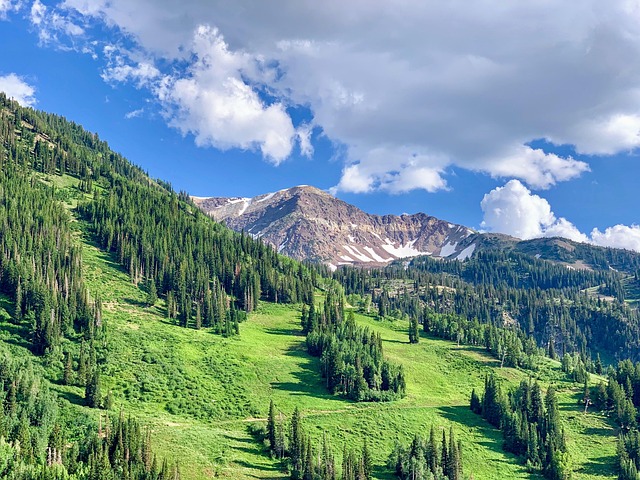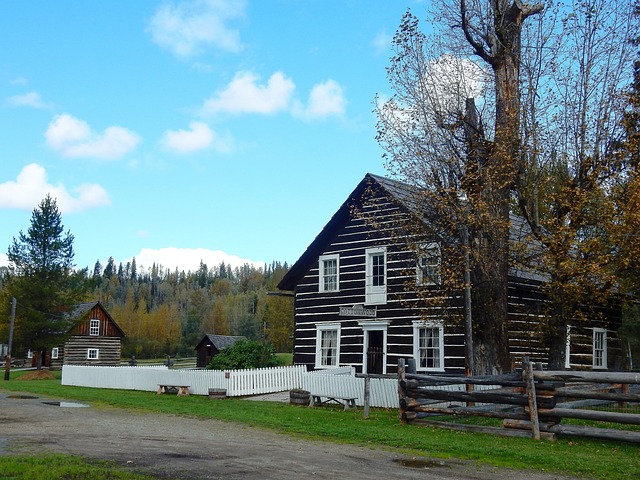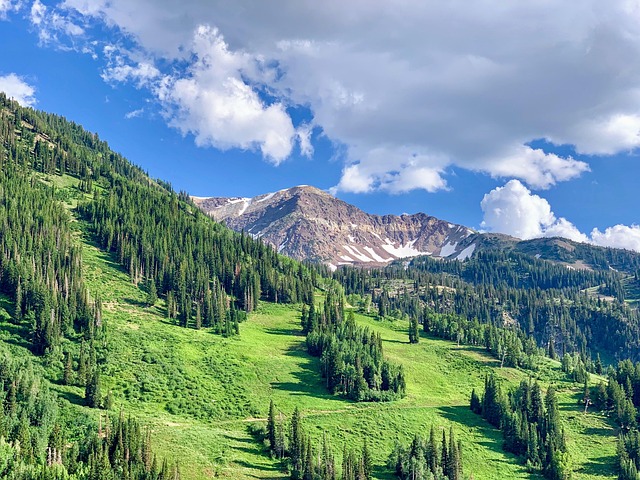Nature-driven tourism presents a significant opportunity for real estate professionals to capitalize on the growing demand for properties with panoramic views and outdoor experiences. By strategically integrating residential or commercial spaces into natural landscapes, developers can enhance appeal while contributing to local economies and conservation efforts. Balancing tourism growth with preservation through eco-friendly practices ensures sustainable destinations that offer unforgettable experiences without harming their beauty. Effective marketing, strategic partnerships, and community initiatives focused on conservation further boost the appeal of scenic areas to eco-conscious travelers, requiring real estate experts to stay informed about market trends and visitor preferences for long-term success.
Scenic beauty drives tourism, attracting visitors seeking breathtaking landscapes and immersive experiences. This article explores how real estate professionals can capitalize on nature’s allure while promoting sustainable development. We delve into strategies for marketing and promoting scenic locations, addressing the delicate balance between economic growth and preserving ecosystems. Discover insights on creating destinations that thrive without compromising their natural charm, leveraging real estate expertise to enhance tourism potential.
The Allure of Natural Scenery in Tourism: How Real Estate Can Capitalize

The allure of natural scenery has long been a powerful draw for tourists, who seek breathtaking vistas and immersive experiences in some of the world’s most stunning locations. From majestic mountains to pristine beaches and lush forests, these natural wonders offer an escape from urban life, captivating visitors with their raw beauty. For real estate professionals, this presents a significant opportunity to capitalize on the growing demand for properties that provide easy access to scenic attractions.
By understanding the connection between tourists and natural landscapes, developers can strategically position and design residential or commercial spaces to maximize the panoramic views and outdoor experiences they offer. This could involve creating luxury resorts or vacation homes with floor-to-ceiling windows showcasing breathtaking scenery, designing eco-friendly buildings integrated into hilly terrain, or developing coastal properties with direct beach access. Such strategic planning not only enhances the appeal of these assets but also ensures that tourism driven by scenic beauty contributes to the local economy and supports conservation efforts for these precious natural areas.
Creating Sustainable Destinations: Balancing Beauty and Development

Scenic beauty, whether it’s a breathtaking mountain range, a pristine coastline, or a vibrant cityscape, is a powerful draw for tourists worldwide. However, as destinations become more popular, balancing the preservation of their natural and cultural assets with sustainable development becomes crucial. This delicate act involves careful planning to ensure that tourism flourishes without causing irreversible harm.
One key aspect is managing infrastructure development in real estate to minimize environmental impact. Responsible practices include adopting eco-friendly building methods, preserving green spaces, and promoting compact urban design to reduce the footprint of growing settlements. By integrating sustainable practices into the very fabric of tourism, destinations can offer unforgettable experiences while safeguarding their beauty for future generations, ensuring a harmonious coexistence between visitors and the local environment.
Marketing and Promoting Scenic Locations: Strategies for Real Estate Professionals

Scenic locations hold immense appeal for tourists, making them prime targets for real estate professionals looking to capitalise on the growing demand for nature-based travel. Marketing and promoting these areas effectively can drive tourism and boost local economies. Real estate experts can play a significant role in this by leveraging digital platforms to showcase breathtaking visuals and immersive experiences. High-quality photography and video content, along with compelling descriptions, can attract potential visitors and turn them into bookers.
Strategic partnerships with travel agencies and tour operators are also essential. Collaborating to create tailored packages that highlight the region’s unique attributes can increase visibility and accessibility. Additionally, engaging in community initiatives focused on environmental conservation and sustainable tourism practices can foster a positive image and attract eco-conscious travellers. Real estate professionals should stay updated on market trends, understand visitor preferences, and adapt their marketing strategies accordingly to ensure long-term success in scenic tourism-driven areas.






